How to Choose an Engagement Ring
How to Choose an Engagement Ring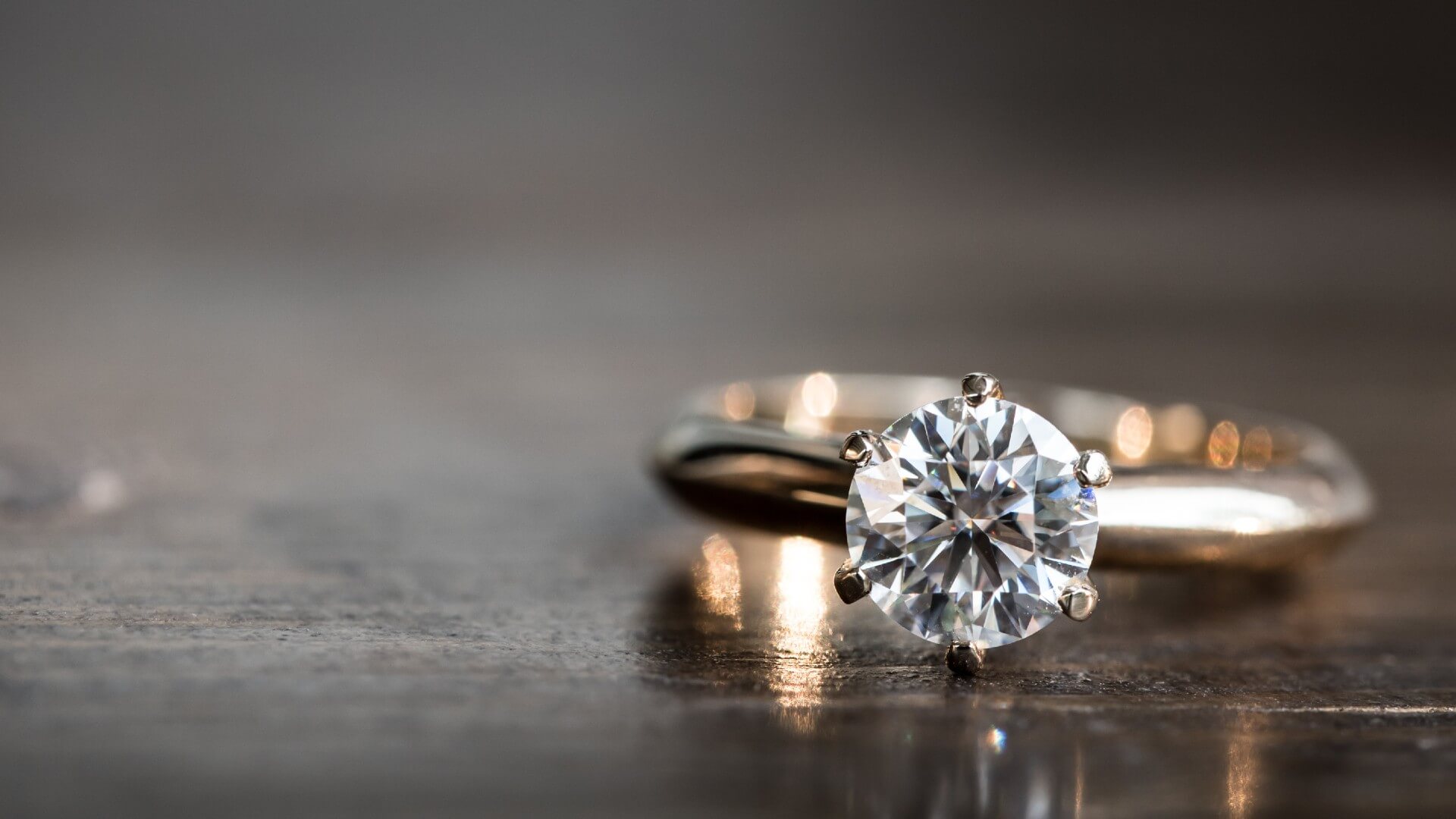
So you want to propose. Congratulations! Finding the person you want to spend the rest of your life with is quite possibly the best feeling in the whole entire world. But now it’s time to buy a ring.
To avoid spoiling the mood, learn how you can find a ring that speaks to your head, heart and bank account all at the same time by using this handy guide.
Set a Budget
There’s an elephant in the room, and it wants to know how much money you have in your pocket. Just kidding — but it’s true that budget is impossible to ignore when you’re talking about engagement rings. There’s a popular “rule” that says you should spend three months’ salary. That doesn’t come from any sort of jewelry expert or etiquette guru but rather from an old marketing campaign. The only rule governing how much you should spend on a ring is whatever rule you decide to make up.
All that said, it’s all too easy for your jewelry bill to spiral out of control. A slightly larger diamond here, a few pave-set stones there, and suddenly you’re feeling sticker shock. Before you shop, know what you’re comfortable spending and prioritize those aspects of the ring (diamond clarity, cut, precious metal, etc.) that are most important to you.
Start With the Metal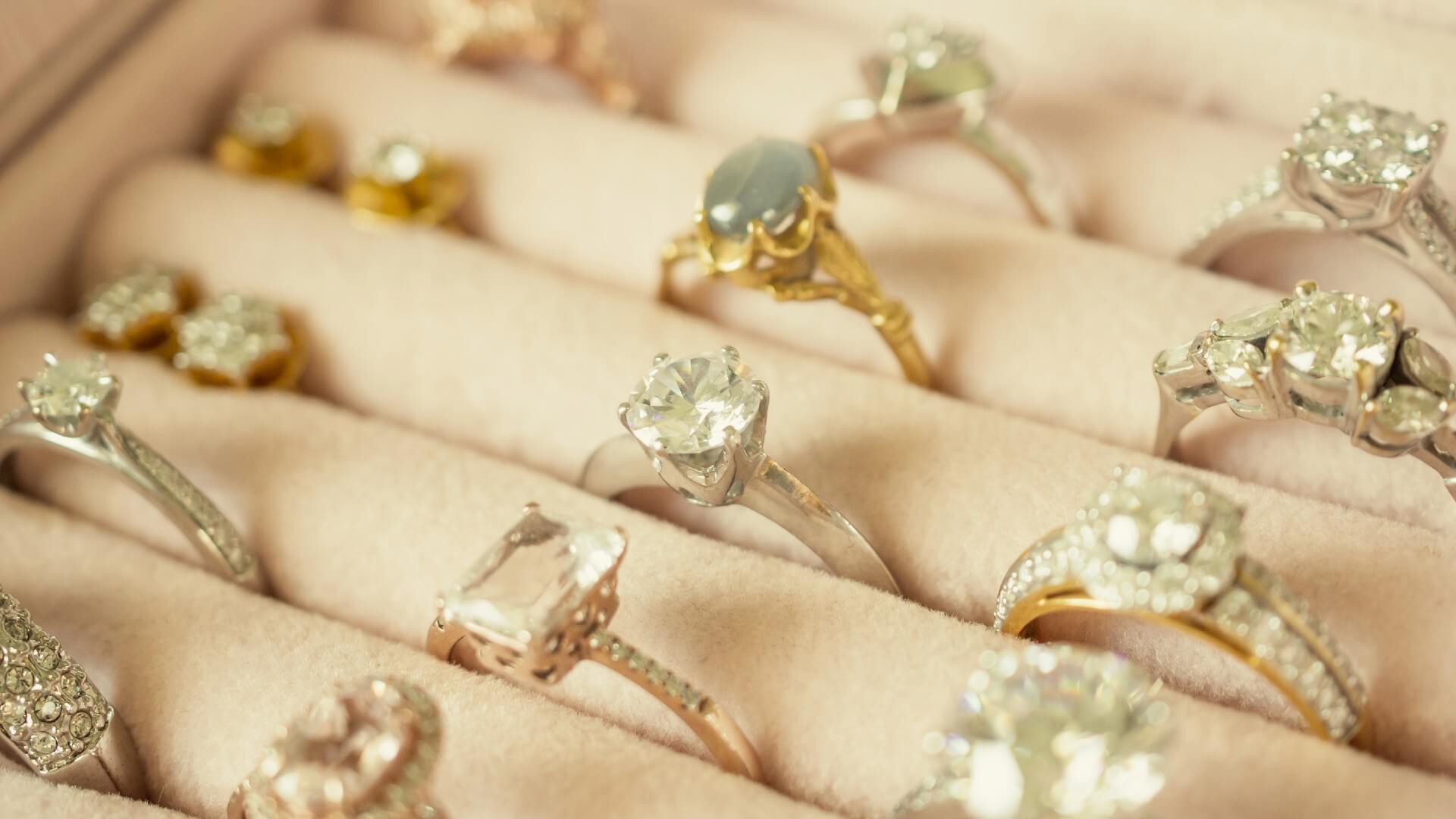
In many ways, an engagement ring starts with its band. The precious metals used to create fine jewelry range in color as well as quality, durability and price.
- Platinum trumps gold and silver in terms of density and strength. It’s beloved not only for its durability but because of its stunning gray-white hue and wearability.
- Yellow Gold is gold in its purest form. Yellow gold engagement rings are classic and durable, but price — and longevity — depend on purity and carat count. While 24k pure gold seems luxurious, it’s too soft for jewelry. Instead, start your search with 18k gold (75% gold, 25% other metals) to get the look and durability you need.
- White Gold is yellow gold mixed with other metals such as palladium, silver, nickel, copper and zinc to give the metal its color and better durability. Some white gold is also plated with rhodium for additional enhancement.
- Rose Gold is yellow gold mixed with copper. The resulting pink hue feels both feminine and romantic.
- Sterling Silver is bright and lustrous, two qualities that help make a gorgeous engagement ring. Like gold, silver is too delicate on its own, so it’s mixed with other metals like copper to increase durability. Silver is more abundant than other metals and therefore has a lower price point.
- Palladium is a relatively new discovery. This hypoallergenic metal is in the same family as platinum and boasts a gray-white color that won’t fade or tarnish. It’s comparable in price to 14kt gold but is harder and less abrasive.
Think About the Cut of Your Gemstone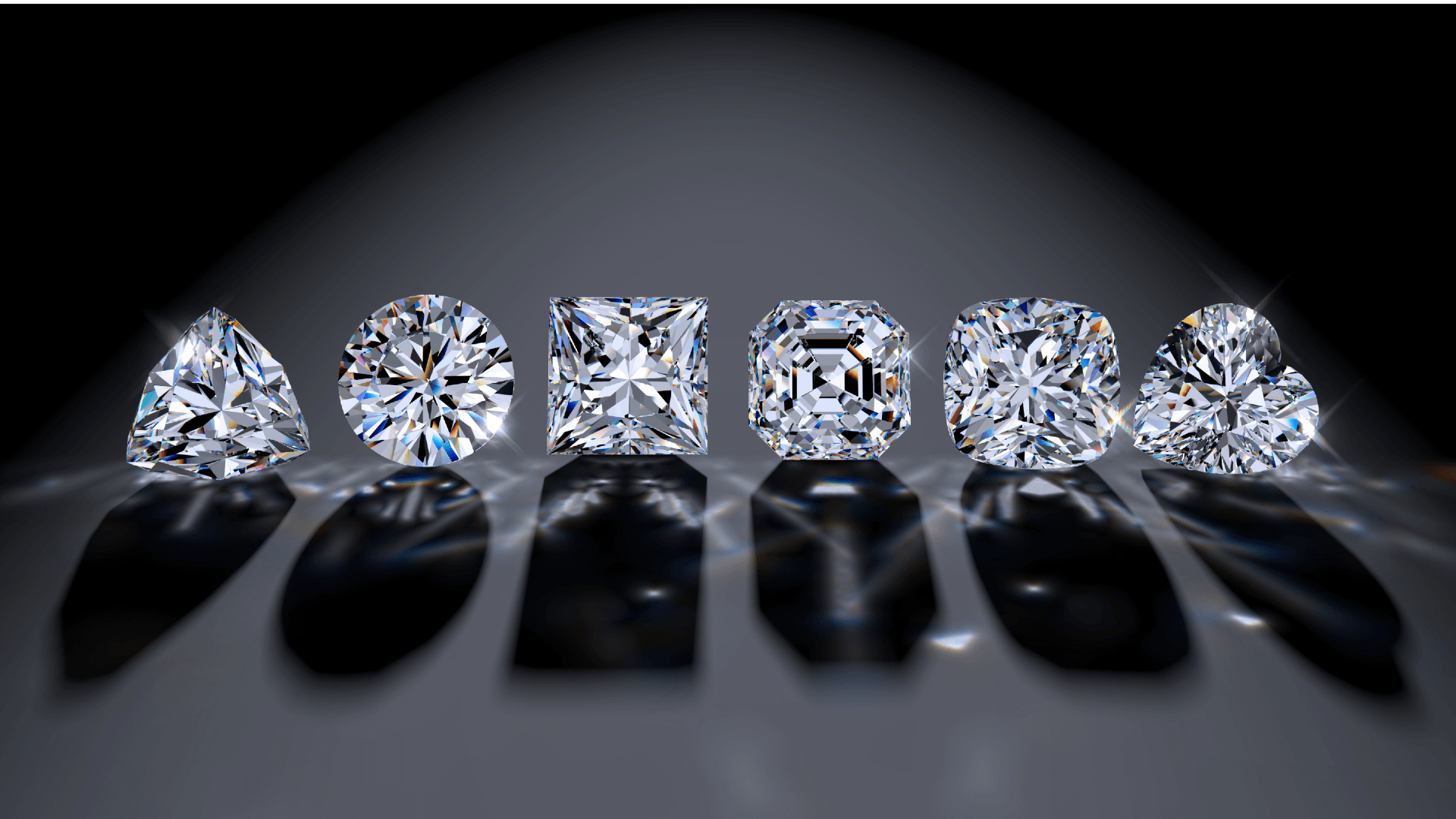
Diamonds are the traditional choice for engagement rings, and they come in a variety of shapes and sizes. From classic round-cut diamonds that look beautiful in a solitaire engagement ring to angular emerald cuts and multifaceted Asscher-cut diamonds, every shape has its own way of catching the light (as well as your eye!).
When choosing a cut for yourself or your sweetheart, consider:
- How much you want to spend. Some cuts are more complicated to execute and cost more, and carat weight will always influence price as well.
- The size of the finger it will be on. You don’t want a huge stone that will overwhelm a slender finger, and some cuts (like a marquise) can make shorter fingers look longer and leaner.
- Personal style. Heart-shaped diamonds are über sentimental, but that doesn’t mean they’re for everyone. Make sure the cut you choose is something that will be loved today, tomorrow and always.
Consider Non-Diamond Alternatives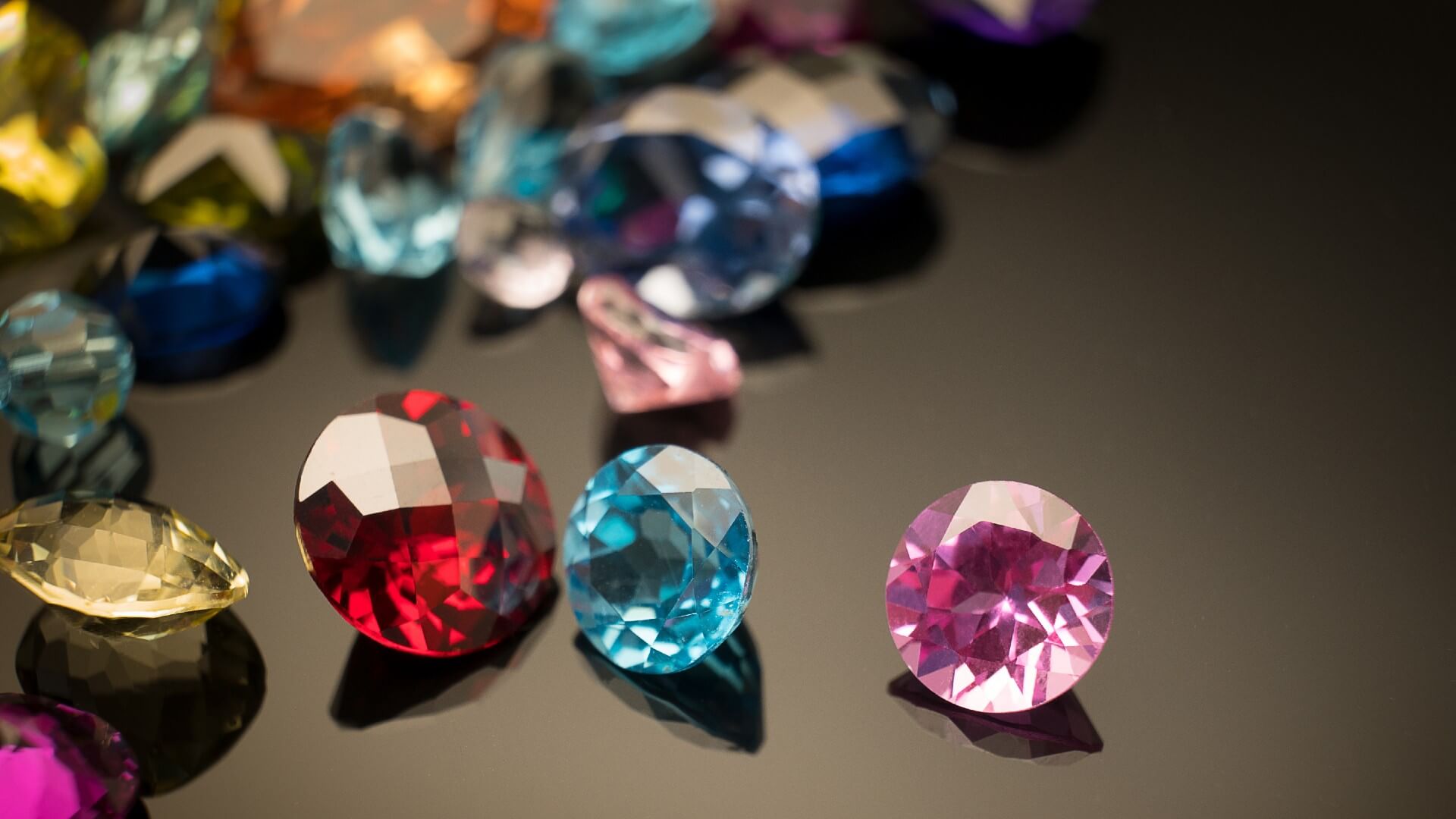
Diamonds are awesome, but so are a lot of other stones. Gemstone engagement rings are popular with couples who want something different. Celebrities have taken up the trend, with singer-actress Jessica Simpson sporting a ruby engagement ring, and the Duchess of Cambridge (aka Kate Middleton) wearing her late mother-in-law Princess Diana’s unforgettable oval sapphire. There are colored diamonds, too; actress Blake Lively got a light pink diamond from husband Ryan Reynolds when he proposed, and it’s jaw-droppingly lovely.
You can choose a colored stone as the centerpiece of your engagement ring, or go for a traditional diamond center with ruby, emerald or aquamarine accents. Part of the joy of designing an engagement ring is getting to choose elements that reflect you or your significant other’s personality, and if that means color, then bring on the color!
Get an Accurate Ring Size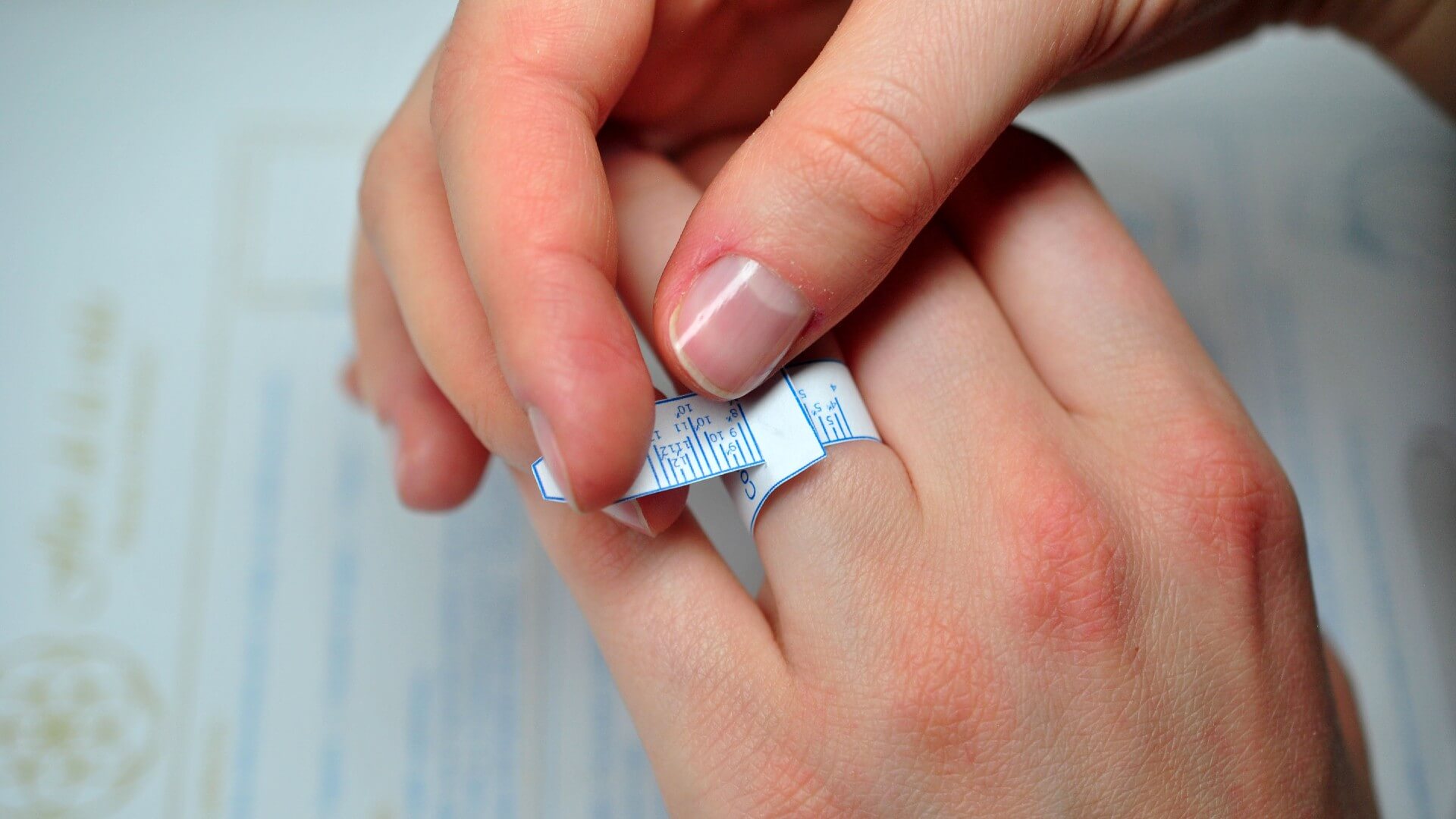
Knowing what size ring to buy is crucial, and unfortunately “close enough” just doesn’t apply here. A ring that’s even a smidge too small could be painful to wear, or even worse, it might not slide on when you need it to the most. Buy an engagement ring that’s too big, and you risk it falling off. There are lots of tricks to help snag your loved one’s ring size on the sly, including asking their friends and family or borrowing a ring they already have and getting it sized.
If you’re still not sure, aim for a ring that’s on the larger side. It’s far easier to take metal out of an oversized ring than to add metal or stretch a smaller one.
Envision Your Engagement Ring and Wedding Band as a Set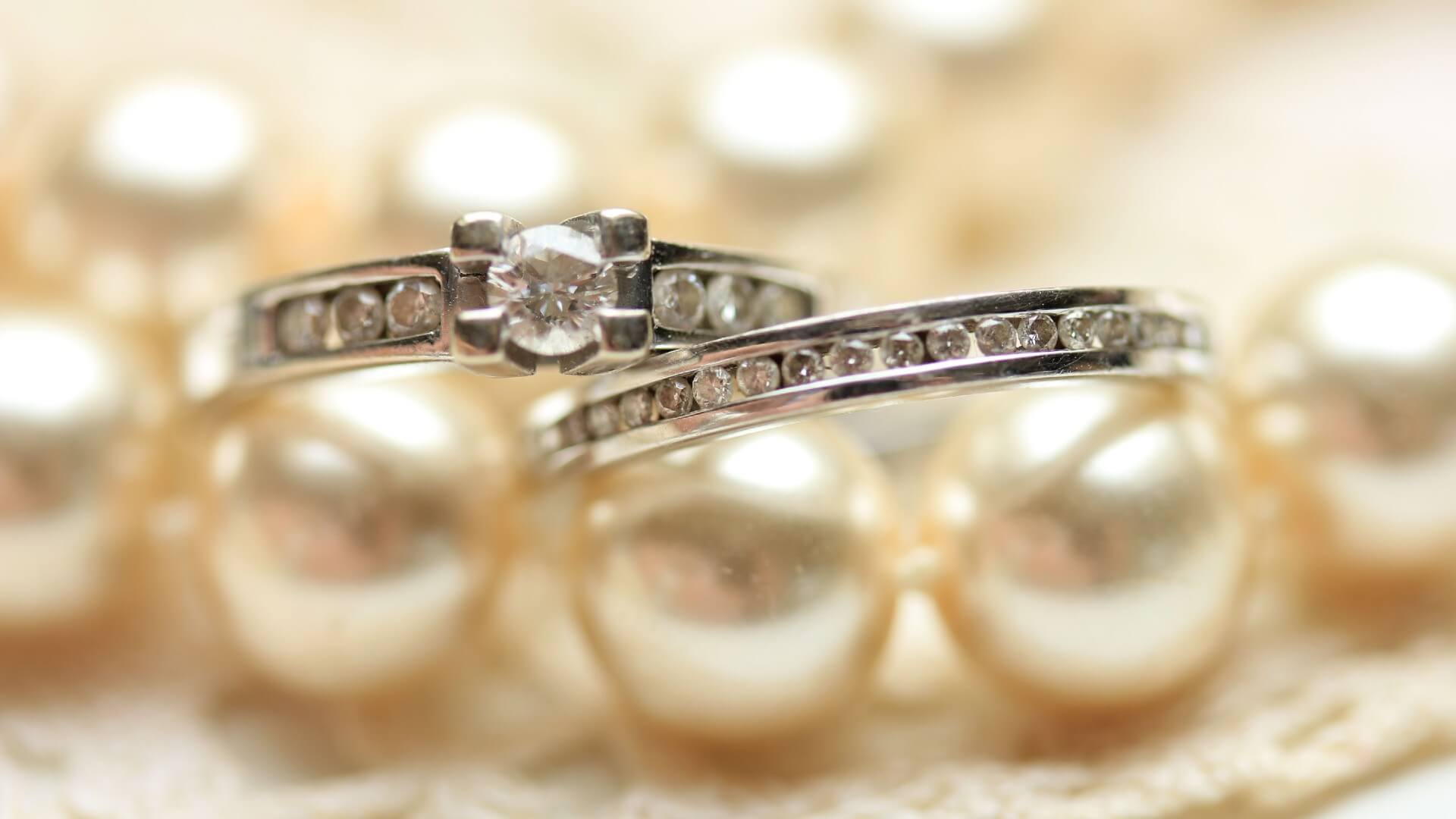
Though most (if not all) engagement rings work very well as standalone pieces, they’re intended to be worn alongside a wedding band. Each piece of jewelry has its own meaning. One is a promise to get married. The other is a symbol of your vows. While it’s not unheard of for a single ring to serve both purposes (in which case you’d use the engagement ring during your wedding ceremony as well), it’s still typical to double up. That’s why it’s important to consider the second ring while buying the first.
Some engagement rings have large stones that make it difficult for a wedding band to nestle snugly alongside it. Others have an ornate band that may be hidden by a second band. Be sure that the elements you love about your engagement ring will work once the ring is part of a set.
Know Where You’re Shopping and What You’re Buying
Buying an engagement ring is a really big deal, and you deserve to know exactly what you’re getting. Ask for documentation (such as a diamond grading report or diamond certificate issued by an independent laboratory) as proof that the stone you choose is what it’s purported to be. Look for paperwork from respected organizations like the Gemological Institute of America (GIA), American Gem Society (AGS) or European Gemological Laboratory (EGL).
If you’re looking at diamond engagement rings, ask if the gems you’re buying are conflict-free diamonds. These stones are sourced according to strict import policies that ensure they’re from conflict-free nations. That way, you know your purchase isn’t connected to rebel or terror groups that put peoples’ lives in danger, and you can enjoy your engagement ring with a clear conscience.
Know that the Only Opinion That Matters is Your Own
Well, yours and your fiancé or fiancée’s, of course. One thing you’ll discover when you decide to get married is that everyone has an opinion on how you should do it. Nothing is sacred. Not the engagement ring, not how you propose or what day you get married or what you intend to wear. Choosing an engagement ring is the perfect time to set boundaries and remind yourself that as long as you love it, it’s perfect.
Whether you’re about to pop the question or you’re already engaged and buying the bling together, knowing what you want and how to get it is your ticket to bringing home a piece of jewelry you’ll both adore. To get started, design your own engagement ring or shop preset rings today.

POST COMMENT